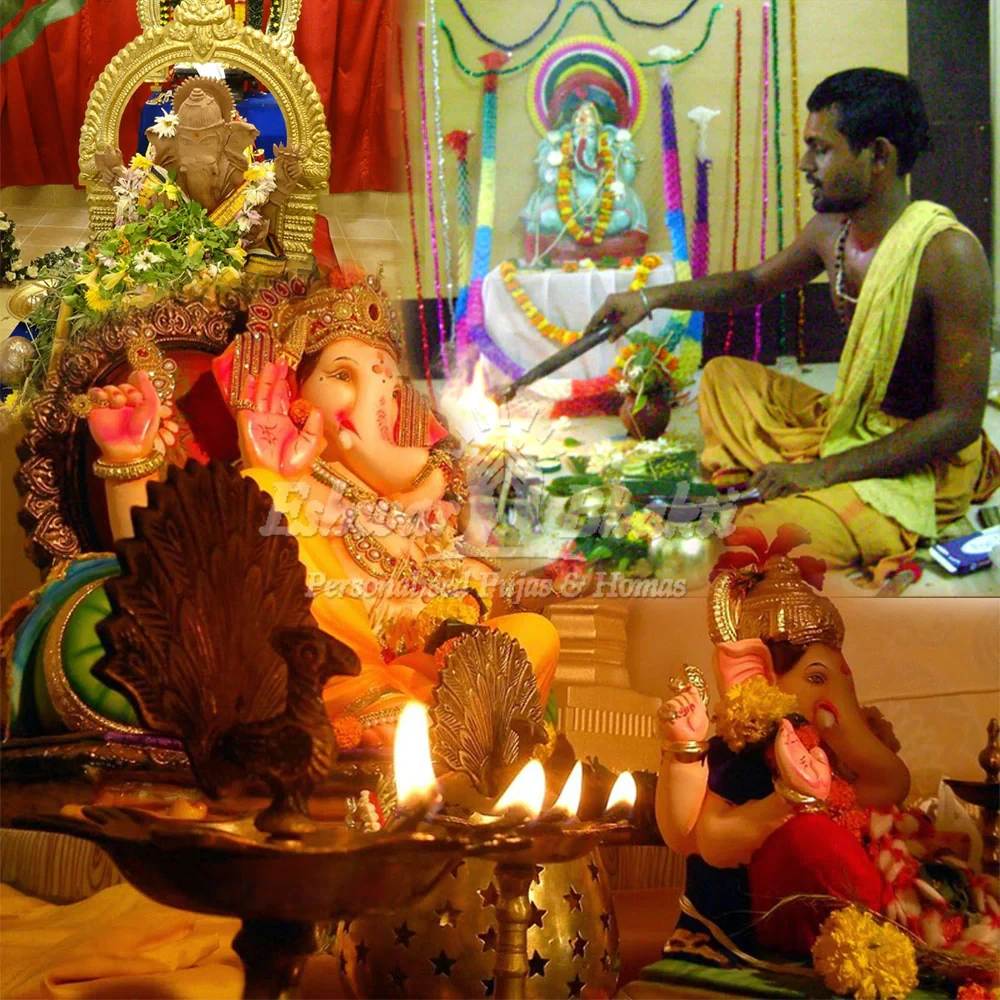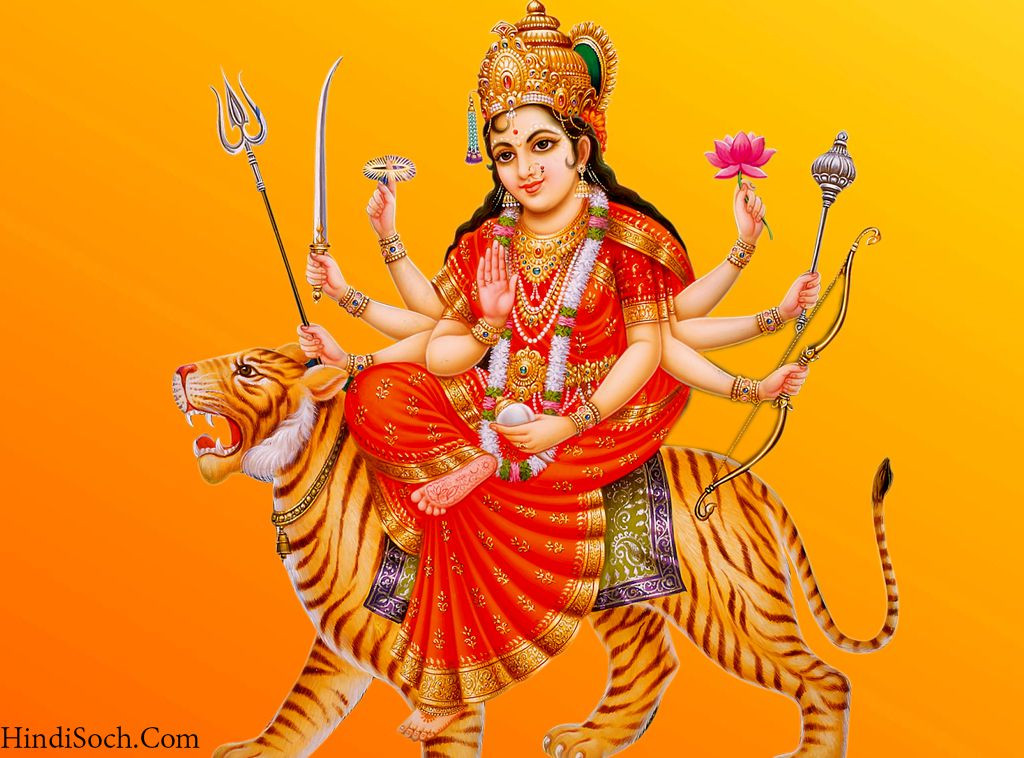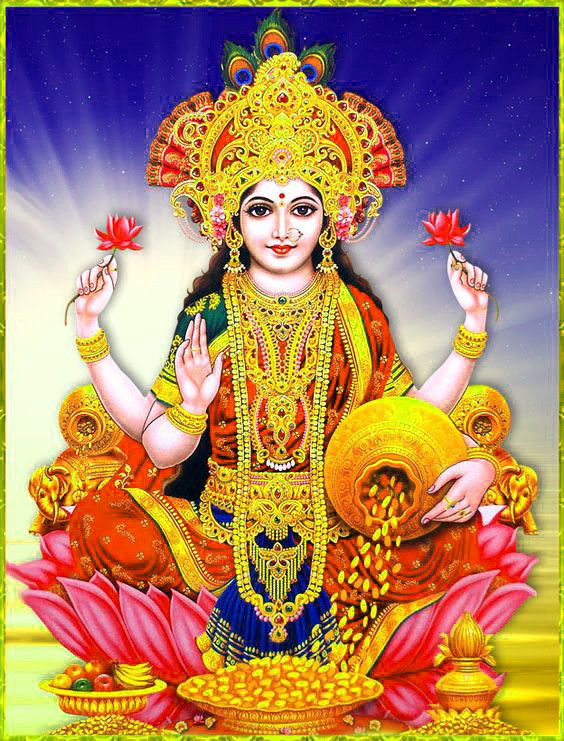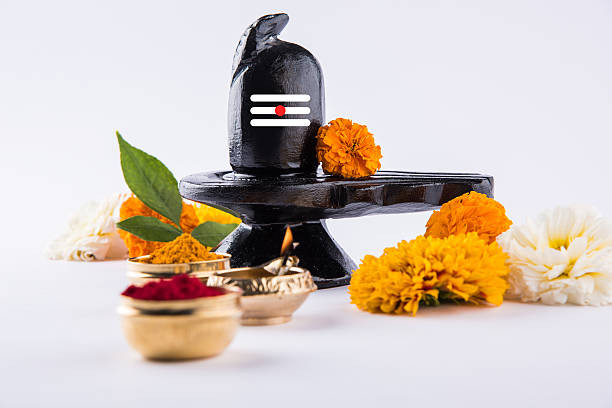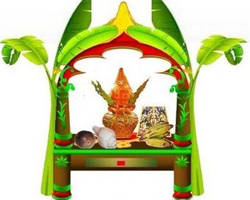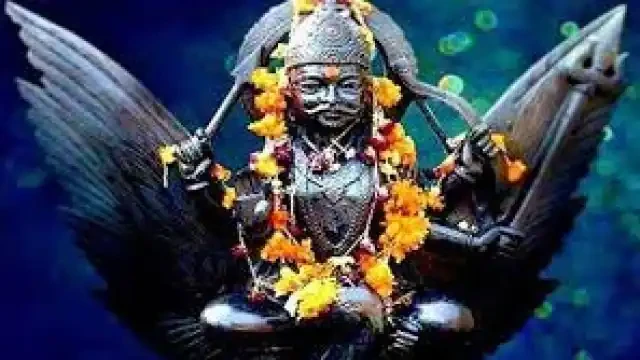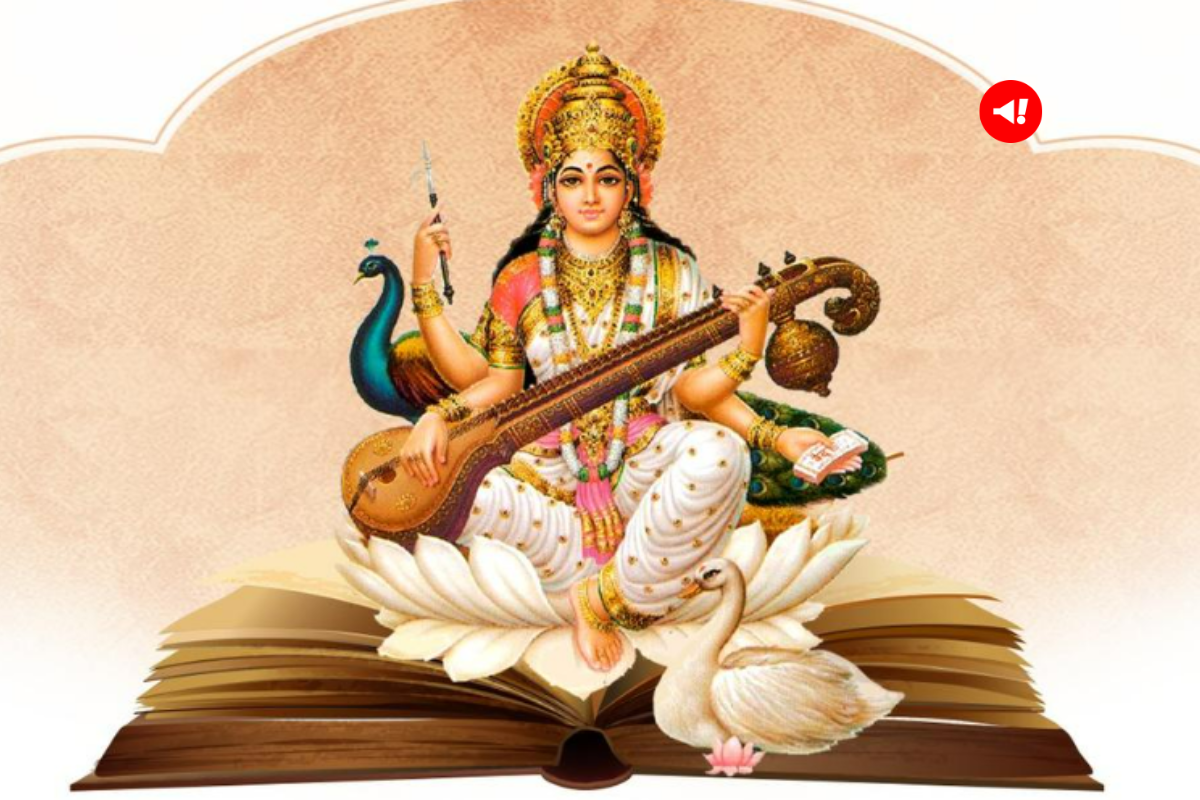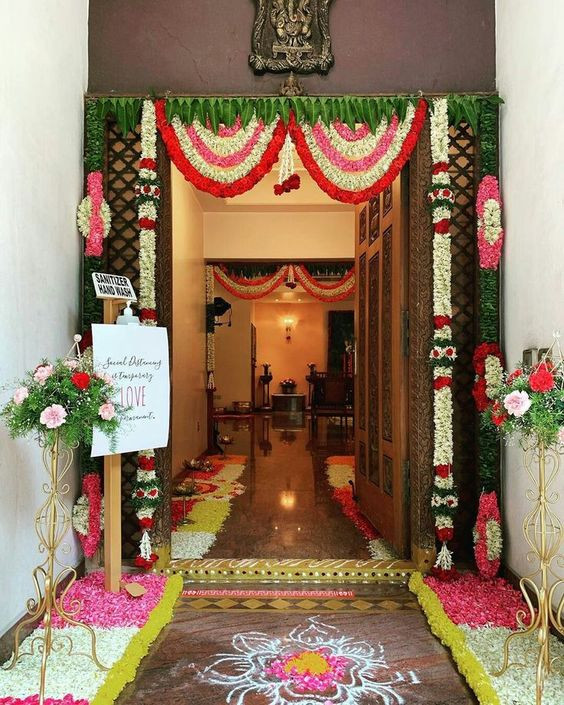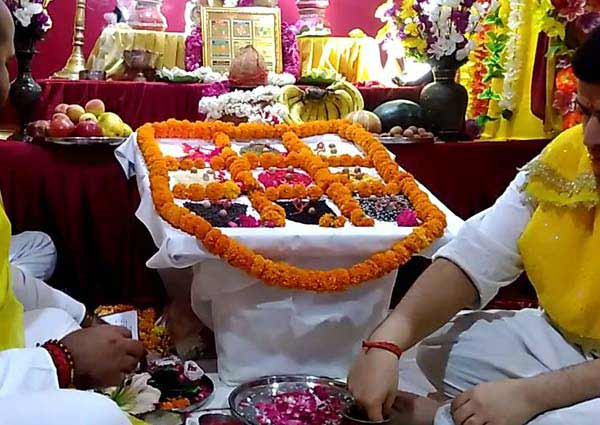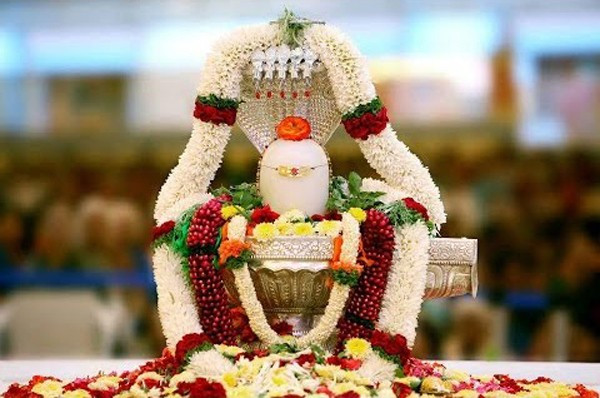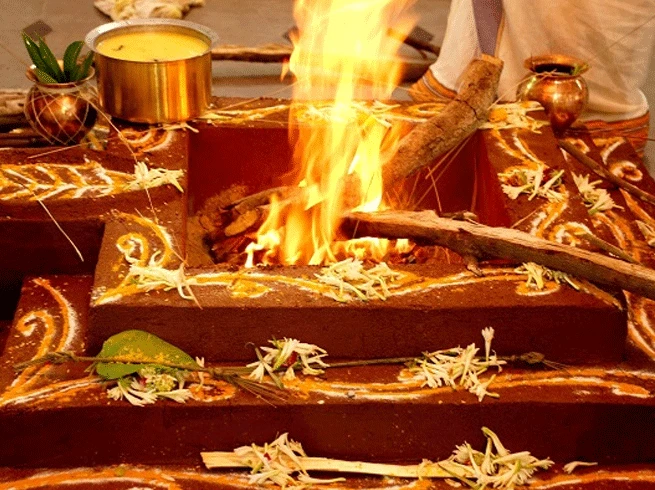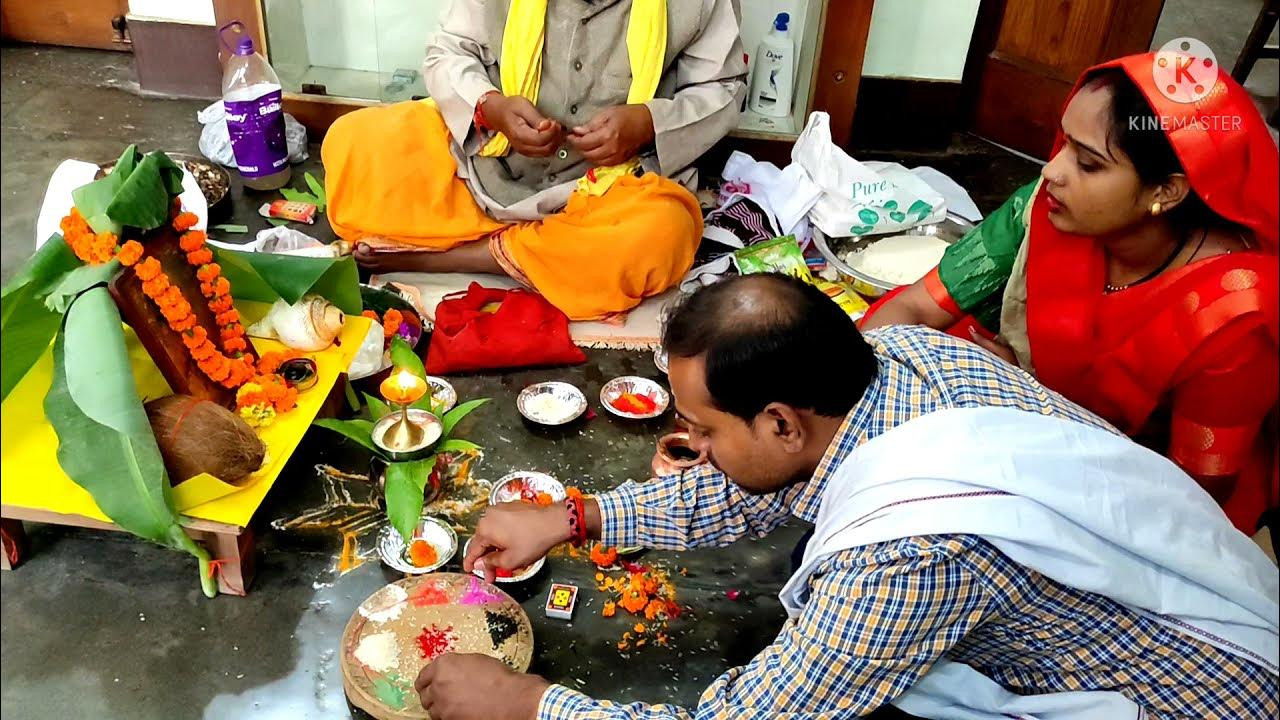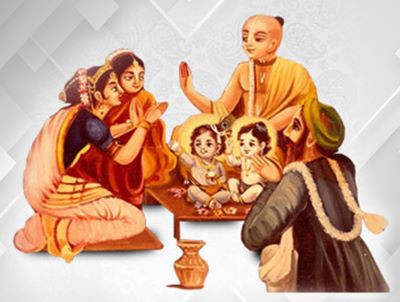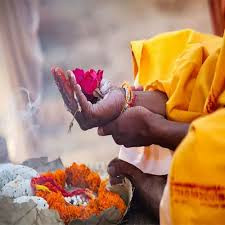
Shanti Paath.
By sanatan basket "Shanti Paath" or "Shanti Path" is a prayer or mantra recited to invoke peace, tranquility, and well-being. It is a common feature in Hindu rituals, ceremonies, and daily prayers. The word "Shanti" translates to "peace" in Sanskrit, and the purpose of Shanti Paath is to seek peace and harmony in various aspects of life. Here are the details of a typical Shanti Paath:
Components of Shanti Paath:
1. Peace Invocations:
- Shanti Paath often begins with invocations for peace. This includes seeking peace in different realms, such as the physical world, mental state, spiritual realm, and the elements of nature.
2. Vedic Mantras:
- Shanti Paath may include specific Vedic mantras or shlokas, often derived from the Upanishads. These mantras are dedicated to the concept of peace and well-being.
3. Verses for Different Realms:
- The prayer may contain verses seeking peace in various dimensions, such as peace in the sky, on Earth, in the water, in plants and trees, and among divine beings.
4. Universal Peace:
- Shanti Paath may include a call for universal peace, expressing the desire for harmony among all living beings and in the entire cosmos.
5. Chanting of "Om Shanti":
- A common concluding element is the chanting of "Om Shanti, Shanti, Shanti" (peace in three realms – physical, mental, and spiritual). This is repeated to emphasize the yearning for peace.
6. Language:
- The recitation of Shanti Paath can be in Sanskrit, the ancient language of the Vedic texts, or in the vernacular language that the individuals or group performing the paath is comfortable with.
7. Concluding Benedictions:
- The prayer often concludes with benedictions, expressing a wish for peace, prosperity, and well-being for all.
8. Occasions:
- Shanti Paath is recited during various Hindu rituals, ceremonies, and festivals. It is also included in events like weddings, housewarming ceremonies, and other auspicious occasions.
9. Individual or Group Recitation:
- A qualified priest or a knowledgeable devotee often leads the recitation of Shanti Paath during religious ceremonies. However, individuals may also recite it during their personal prayers or meditation.
10. Philosophical Significance: - Shanti Paath reflects the philosophical aspect of Hinduism that values peace, balance, and harmony. It serves as a reminder of the interconnectedness of all living beings and the desire for a peaceful coexistence.
11. Cultural Variations: - The specific Shanti Paath recited can vary based on regional practices, cultural traditions, and the occasion for which it is performed.
Shanti Paath is a beautiful and meaningful prayer that reflects the aspiration for peace and well-being, not only for oneself but for the entire world. It embodies the spiritual essence of Hindu philosophy and is a way of expressing a desire for tranquility in all aspects of life.
What you will get:
- When organizing a Shanti Paath by sanatan basket , we would need to provide various items and make arrangements to ensure that the prayer is conducted smoothly. Here is a list of things you might need to provide for a Shanti Paath:
- 1. Priest or Reciter: Arrange for a qualified Hindu priest (purohit) or a knowledgeable individual who can recite the Shanti Paath with the correct pronunciation and understanding of the mantras.
- 2. Script or Text of Shanti Paath: Provide the script or text of the Shanti Paath to ensure that the correct mantras and verses are recited during the ceremony.
- 3. Puja Samagri: Gather necessary puja items such as flowers, incense sticks, camphor, turmeric, kumkum, and other traditional items used during Shanti Paath.
- 4. Brass Idol or Image of Deity (if applicable): If the prayer involves a specific deity, provide an idol or image of that deity for the puja.
- 5. Puja Cloth and Thali: Provide a clean and traditional cloth to cover the puja area and a decorated plate or tray (puja thali) to hold the puja items during the rituals.
- 6. Chants and Mantras: Ensure that you have a clear understanding of the pronunciation and intonation of the chants and mantras used in Shanti Paath, or provide a guide for the reciter.
- 7. Audio/Visual Setup (if desired): If desired, set up audio systems or visual aids for a better understanding of the prayer and its significance.
- 8. Photography/Videography (if desired): If you wish to document and capture the moments of the Shanti Paath, make arrangements for photography or videography services.
- 9. Peaceful Environment Setup: Create a peaceful and serene environment for the prayer, including appropriate decorations and lighting.
- 10. Prasad Ingredients: If you plan to distribute prasad (blessed food) after the Shanti Paath, arrange for the necessary ingredients, such as sweets or fruits, and the utensils for serving.
- 11. Guest Accommodations (if applicable): If you're hosting guests for the prayer, make arrangements for their comfort and provide necessary amenities.
- 12. Follow-Up Arrangements: If there are any specific rituals or customs to be performed as a follow-up to the Shanti Paath, make arrangements accordingly.
- It's important to communicate with the priest or reciter beforehand to ensure that they are familiar with the specific requirements of the Shanti Paath and to discuss any personal preferences or variations you may have. Additionally, consider the cultural practices and customs that are prevalent in your region or community.
Benifits of the Package:
- The concept of a standardized "package" for Shanti Paath may not be as common as with some other religious rituals, as it is often a simple prayer or mantra recited in various settings. However, if there are service providers or organizations offering packages for Shanti Paath, the benefits may include:
- 1. Expert Guidance: Inclusion of a qualified Hindu priest or experienced individual who specializes in conducting Shanti Paath, ensuring that the prayer is conducted correctly and in accordance with traditional customs.
- 2. Script or Text of Shanti Paath: Provision of the script or text for Shanti Paath, ensuring that the correct mantras and verses are recited during the ceremony.
- 3. Puja Items: Arrangement of necessary puja items such as flowers, incense sticks, camphor, turmeric, kumkum, and other traditional items used during Shanti Paath. This saves the organizers the effort of sourcing these items individually.
- 4. Idol or Image of Deity: Inclusion of an idol or image of the deity associated with Shanti Paath, if applicable, eliminating the need for the organizers to find or provide one.
- 5. Puja Cloth and Thali: Provision of a clean and traditional cloth to cover the puja area and a decorated plate or tray (puja thali) to hold the puja items during the rituals.
- 6. Chants and Mantras: Assistance in providing guidance on the correct pronunciation and intonation of the chants and mantras used in Shanti Paath.
- 7. Audio/Visual Setup: If desired, provision of audio systems or visual aids for a better understanding of the prayer and its significance.
- 8. Customization Options: Some providers may offer customization options based on specific preferences or additional rituals desired by the organizers.
- 9. Photography/Videography: Inclusion of photography or videography services to document and capture the moments of the Shanti Paath, if desired.
- 10. Peaceful Environment Setup: Efforts to create a peaceful and serene environment for the prayer, including appropriate decorations and lighting.
- 11. Follow-Up Consultation: Some packages may include a follow-up consultation with the priest or organizer to discuss the impact of the Shanti Paath and provide further guidance.
- 12. Prasad Preparation: Assistance in the preparation of prasad, which may include items like sweets or fruits, to be distributed among the participants after the prayer.
- It's important for the organizers to communicate their specific requirements and preferences to the sanatan basket to ensure that the Shanti Paath package aligns with their cultural, religious, and personal expectations. Additionally, discussing the details of the package in advance can help clarify what is included and if there are any additional costs involved. Keep in mind that Shanti Paath is often a simple and personal prayer, and elaborate packages may vary based on individual needs and preferences.
Service Availability
- Sunday 08:00 AM - 02:00 PM
- Monday 08:00 AM - 02:00 PM
- Tuesday 08:00 AM - 02:00 PM
- Wednesday 08:00 AM - 02:00 PM
- Thursday 08:00 AM - 02:00 PM
- Friday 01:00 AM - 05:30 AM
- Saturday 01:20 AM - 12:40 PM

